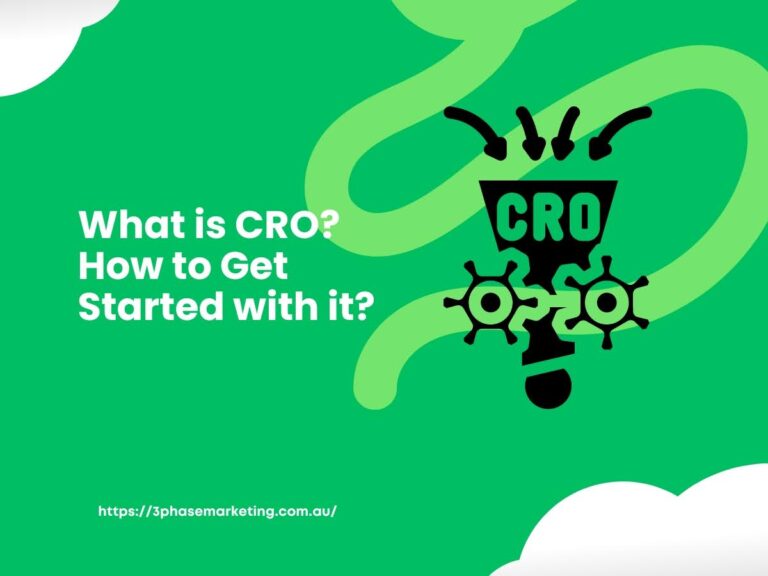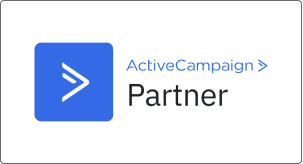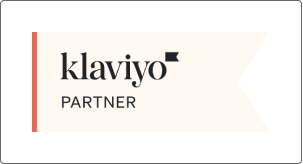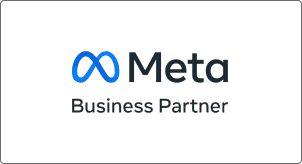
The best e-commerce website attracts visitors and converts them into customers. This is where content rate optimisation (CRO) comes in. This strategy aims to improve your website’s overall effectiveness and help you make the most of your marketing efforts, be it targeted ads or SEO. The ultimate goal is transforming your one-time visitors into loyal customers, driving revenue and business success.
Want to know more about CRO and its benefits for your business? Let’s dig in!
Understanding CRO: A Primer for Beginners
Conversion rate optimisation is a process that focuses on increasing the percentage of users on your website or mobile app by making significant changes like content enhancement. This strategy helps you discover the roadblocks preventing your customers from taking action so you can work on improving their experience.
Importance of CRO for Your Business
The following points highlight the importance of CRO for your business:
Lower Bounce Rate
Typically, bounce rate is defined as users leaving your website when they don’t find relevant or useful information. Statistics reveal that the average business bounce rate is between 26% and 70%. A high bounce rate indicates that something is seriously wrong with your marketing strategy and website layout.
Conversion rate optimisation relieves this situation. It analyses user behaviour and identifies areas that are making visitors leave your site prematurely. You can then take quick action to optimise those areas, ultimately lowering your bounce rate.
For instance, if you notice users are leaving your product pages quickly without adding anything to the cart, you need to improve your product descriptions. You may also have to incorporate high-quality images and a compelling call to action to propel them to make purchases.
Data-driven Decision Making
Another benefit of content rate optimisation is that it enables you to make data-driven decisions. CRO involves quantitative metrics like:
- Click-Through Rate
- Bounce Rate
- Conversion Rate
Moreover, it also uses a qualitative approach, focusing on getting user surveys and heat maps. This combination of qualitative and quantitative analysis helps you understand user behaviour better.
You will learn your target audience’s pain points and then introduce products and solutions that resonate with their interests, increasing conversions.
Lower Customer Acquisition Cost (CAC)
Many people don’t know this, but conversion rate optimisation is incredible for reducing your customer acquisition cost.
On average, an e-commerce business spends around $70 in CAC, while the CAC for a B2B business is around $536. This can increase further, challenging the business’s financial stability. But there’s nothing to worry about!
CRO guides businesses to make small tweaks in their website or app layout and structure, increasing the overall effectiveness of their marketing campaigns and landing pages.
Instead of paid advertising to attract new customers, this strategy focuses on improving the experience of existing customers and then changing them into paying ones. This significantly lowers your CAC while providing your business with a consistent revenue stream.
Top CRO Techniques

Now that you are aware of the benefits of conversion rate optimisation, let’s discuss some critical techniques involved in this process:
Heatmaps
Heatmaps are visual representations of user data that use colour coding to show how customers are engaging with your content. In simple words, heatmaps inform you about areas where your users are clicking and scrolling. Colours are used for this; for instance, red indicates high engagement, while blue or green shows low interaction.
Using heatmaps in conversion rate optimisation is crucial. They help you determine what content on your website or mobile app is grabbing attention and what is being ignored.
You can also see how far a user scrolls and their detering point. Based on this data, you may then restructure your website layout or improve your content placement to increase engagement.
User Feedback
Reading your customers’ minds isn’t possible, but you can surely know their preferences by gathering regular user feedback. So, another thing that makes your CRO efforts an ultimate success is user feedback via surveys.
You can integrate different surveys into your strategy to collect valuable insights. For instance, you can go with pop-up surveys on your website asking users about their experience while they are engaging with your content.
Or you can send an email survey after a purchase, requesting their comments on how the products helped them and what needs improvement. This will give you a better understanding of users’ pain points and preferences so you can work to meet and exceed their expectations.
A/B Testing
Last but definitely not least, the conversion rate optimisation technique is A/B testing. Typically, it involves testing two versions of an app, website, or new feature to figure out which one is most liked by your audience. The purpose of A/B testing in CRO is to test two variants of a website’s landing page and opt for the high-performing one to boost conversions.
FAQs
What is Conversion Rate Optimization (CRO)?
Conversion rate optimisation involves increasing the percentage of users on your website or mobile app. It’s done by using different methods or techniques like content enhancement, split testing, and heatmaps.
Why is CRO important for my business?
Conversion rate optimisation is an important strategy for your business as it lowers your bounce rate. It also helps in informed decision-making and reduces your customer acquisition cost.
How do I identify conversion goals for my website?
You can easily identify your conversion goals by defining the key actions you want your visitors to take, such as making a purchase or signing up for a newsletter. Then, you should align these goals with your business objectives and use key metrics to track them.
What are some common CRO techniques?
Some common CRO techniques involve gathering user feedback via surveys, heatmaps, and A/B testing to improve overall user experience.
What metrics should I track for CRO?
The key CRO metrics that you should track include click-through rate, bounce rate, conversion rate, cart abandonment rate, and customer acquisition cost.
Conclusion
Conversion rate optimisation is important for businesses that want to maximise their marketing efforts. However, if you find it difficult to establish a conversion rate optimisation strategy, you should contact 3 Phase Marketing. We have an incredible team of experts who will help improve your website structure, increasing customer engagement and revenue.
So don’t wait—contact us today to learn more about us and our CRO/UX services and take a step towards an excellent user experience!







